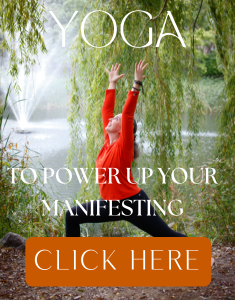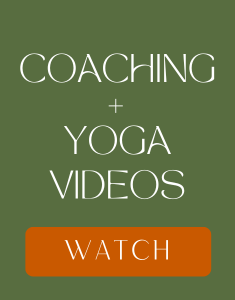
Are you gentle and loving with yourself on your yoga mat? Or do you find yourself critiquing your pose, feeling frustrated your hamstrings aren’t open enough, or annoyed that your poses still don’t look like that other student’s poses, (you know, the person who is always in the front of the class) even though you have been practicing longer than she has?
These types of judgments are common and can lead us to push past our comfort zone in poses, taking our body deeper than it is truly ready to go. But when we do so, we are violating one of yoga’s most basic precepts: ahimsa or nonviolence (also translated as compassion). We need to honor where we are in any one moment, what our bodies and minds are capable of doing.
At the same time, there is another side of violence we can commit on the yoga mat. You will find this one on the opposite side of the spectrum, when we don’t take ourselves more deeply, when we don’t challenge ourselves to do what we are truly capable of doing. I call it complacency and it shows up as simply plunking ourselves into the same pose we do day-after-day, never challenging ourselves to go deeper, to explore, to test what we are truly capable of doing.
I had a student once say, “There is a difference between doing a pose and being in a pose.” Whether we are being “violent” and forcing the pose or complacent, we are simply doing a pose, we aren’t being fully in the pose. We need to find the line between “violence” and complacency in our practice on a daily basis. We need to practice Satya (truthfulness) each and every time we get on the mat to see what we need to do that day. It takes a deep sense of integrity to know (and then admit) when you are doing one or the other and to balance yourself to find the middle-ground. Yet that is just what we need to do to enter into a state of yoga.
“If we did the things we are capable of, we would astound ourselves.” ~Thomas Edison
Go on…I dare you!
 I am thrilled to welcome you to my online home. Join me as I share tips and ideas for enjoying living a deeply satisfying life. Ready to fall in love with the life you are living and dream of an even bigger life? You are in the right place!
I am thrilled to welcome you to my online home. Join me as I share tips and ideas for enjoying living a deeply satisfying life. Ready to fall in love with the life you are living and dream of an even bigger life? You are in the right place! 





